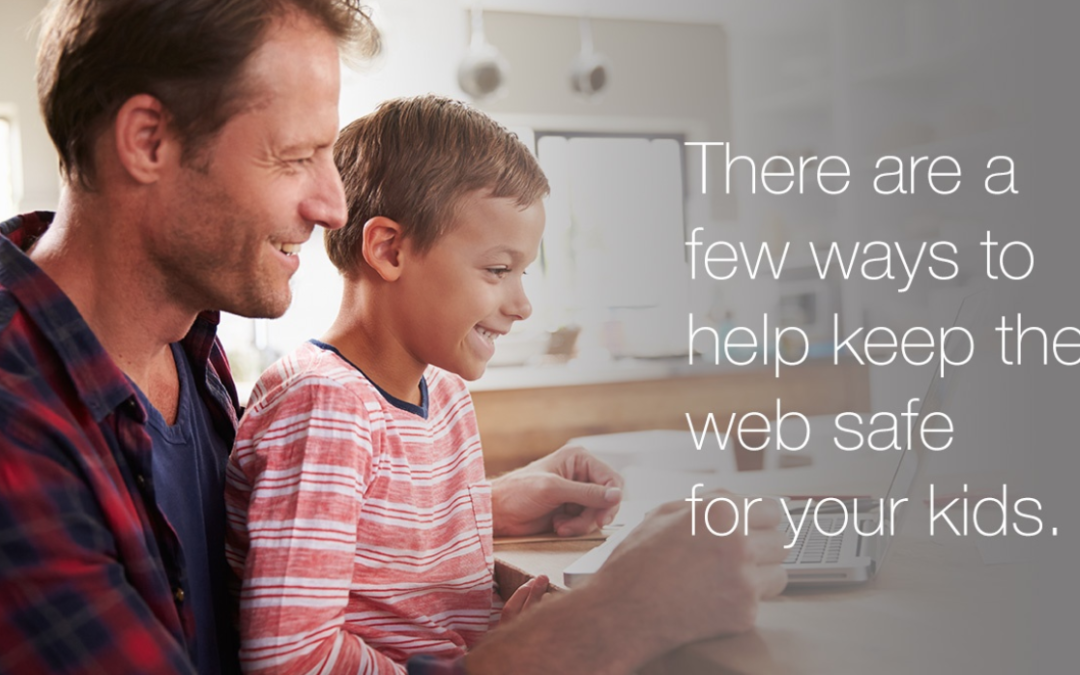The internet has a sketchy side, just like the real world. It can be very easy for kids to stray into it! Porn, potential predators, hate groups and misinformation flourish online. There are a few ways to help keep the best of the web for your kids and avoid the bad.
1) Get Involved
Parents need to be involved in their child’s computer activities, just like they are involved with school and playdates at the park. It might be hard to pay attention after what seems like the 100th dinosaur website, but being close by is the best way to ensure your child’s safety. By the time they are around 7, you won’t need to be glued to her side, but you should be in the room or at least checking in frequently.
2) Set Rules
Decide how much time you are comfortable with your children spending online and what sites they visit. You can even post a list or make them sign a contract (like these free ones at www.SafeKids.com). make sure you talk about the rules and consequences for breaking them so that there is no confusion.
3) Give Them Tools to Protect Themselves
Empower your children to make the right decisions online moving forward. Teach them to:
-Never give their name, phone number, email, passwords, address, school or picture without your permission
-Don’t open emails from strangers
-Don’t respond to hurtful or disturbing messages
-Don’t meet anyone that they talk to online
4) Be On Their Side
Make sure your child knows that they can come to you with anything they see online that makes them uncomfortable. Assure them that you won’t overreact, blame them, or immediately remove their computer privileges.
5) Location, Location, Location
Keep your computer in a central location that is easy to see and monitor throughout the day. If you have more than one computer, consider only having one
or two connected to the internet. That way you
can frequently check on what your children are looking at.
6) Put Your Browser to Work
Your browser has options to help your children surf safely. Internet Explorer has Content Advisor (under Tools/Internet Options/Content), which filters out language, nudity, sex, and violence on a 0 to 4 scale. Safari (for Mac users) have parental controls like filtering as well.
8) Software Can Help
While no software is fail-proof, it always helps to add another layer of protection. The tools listed below will cost you money, most offer a free trial period, and all are great protectors. When choosing a software, ask yourself, what’s your main goal?
CyberPatrol www.cyberpatrol.com
MCafee www.mcafee.com/
Norton Internet Security www.symantec.com
The professionals at The Right Click are always happy to help create and implement safe computer environments to help keep your family safe online. Contact us to get in touch with a specialist today!

